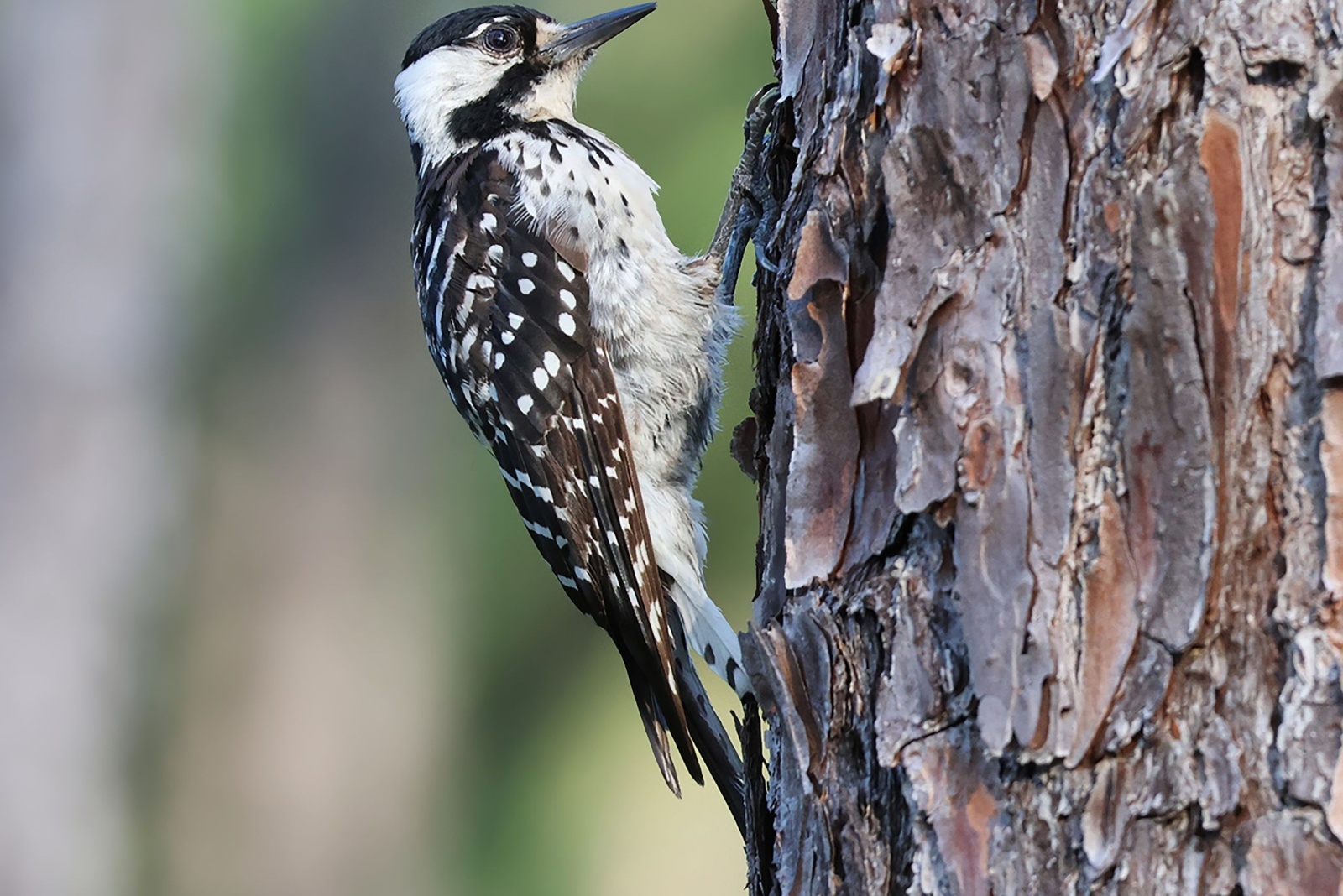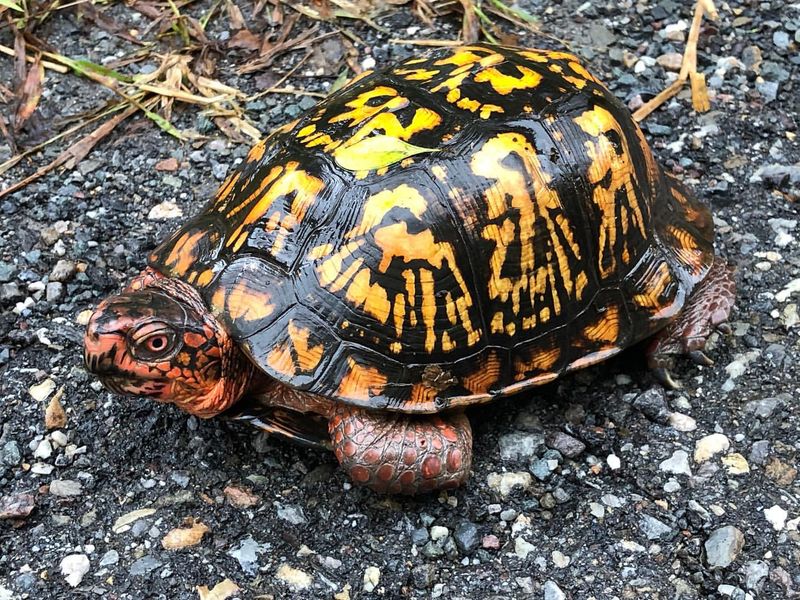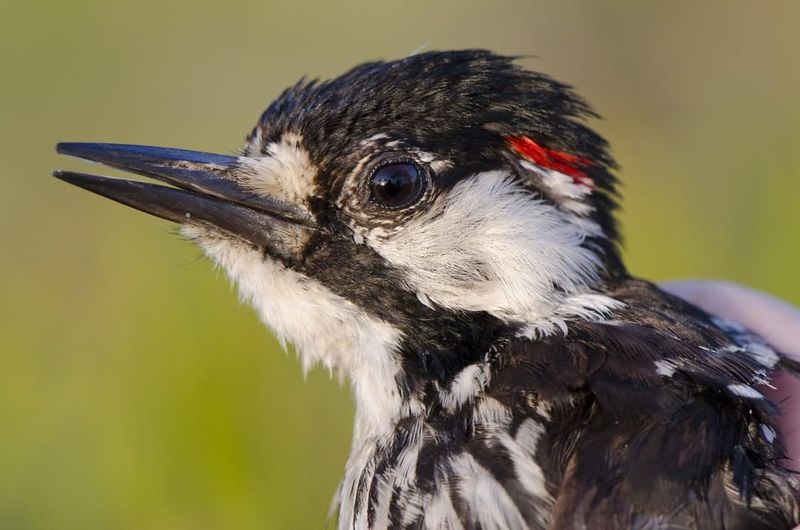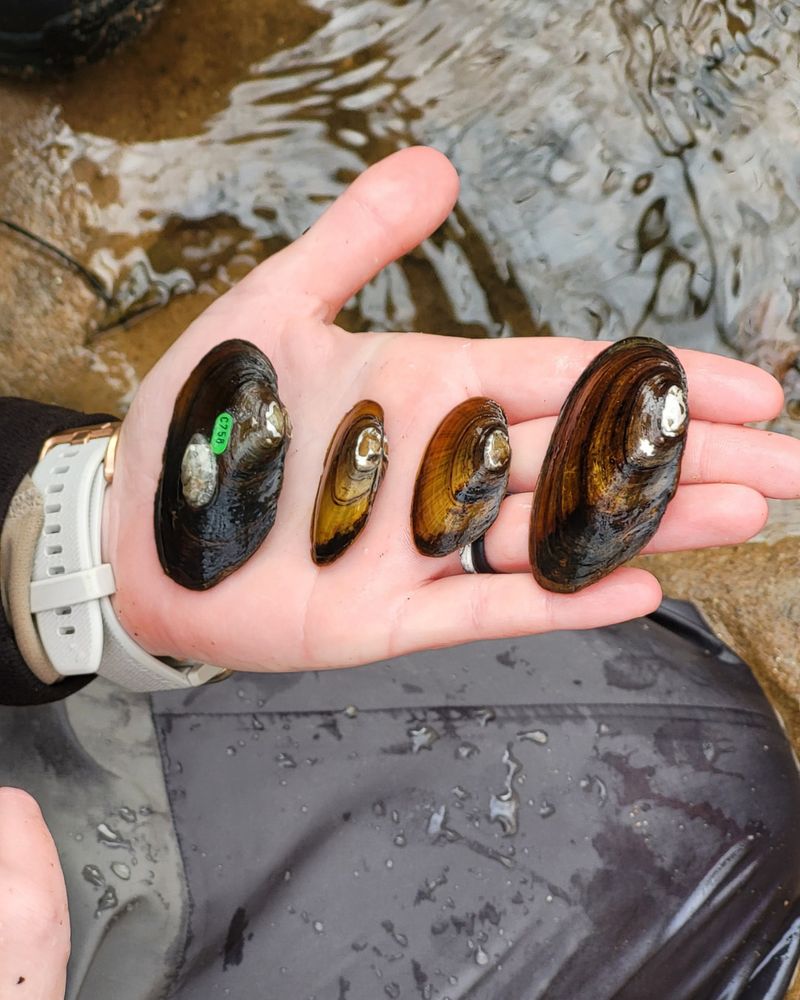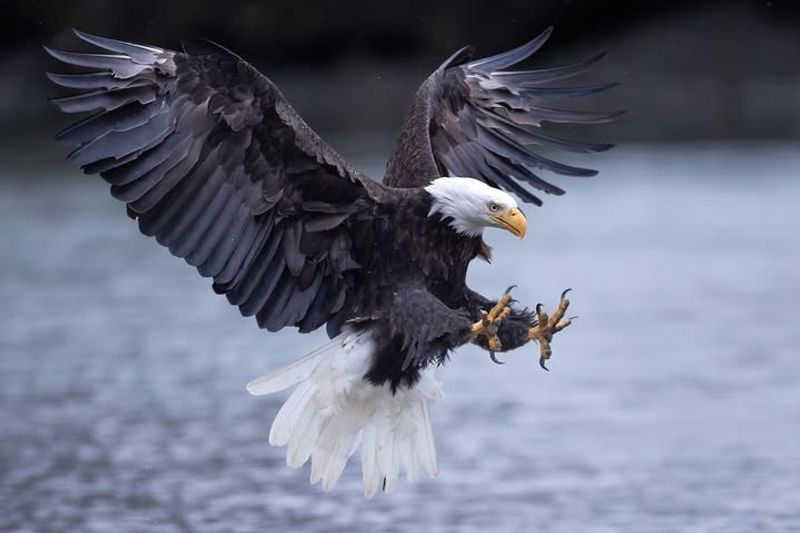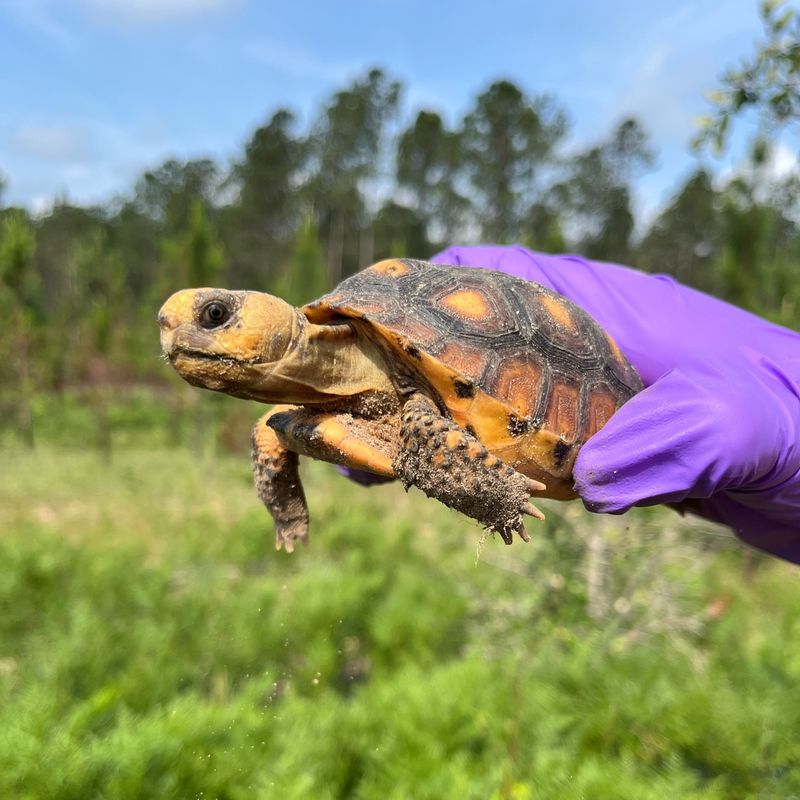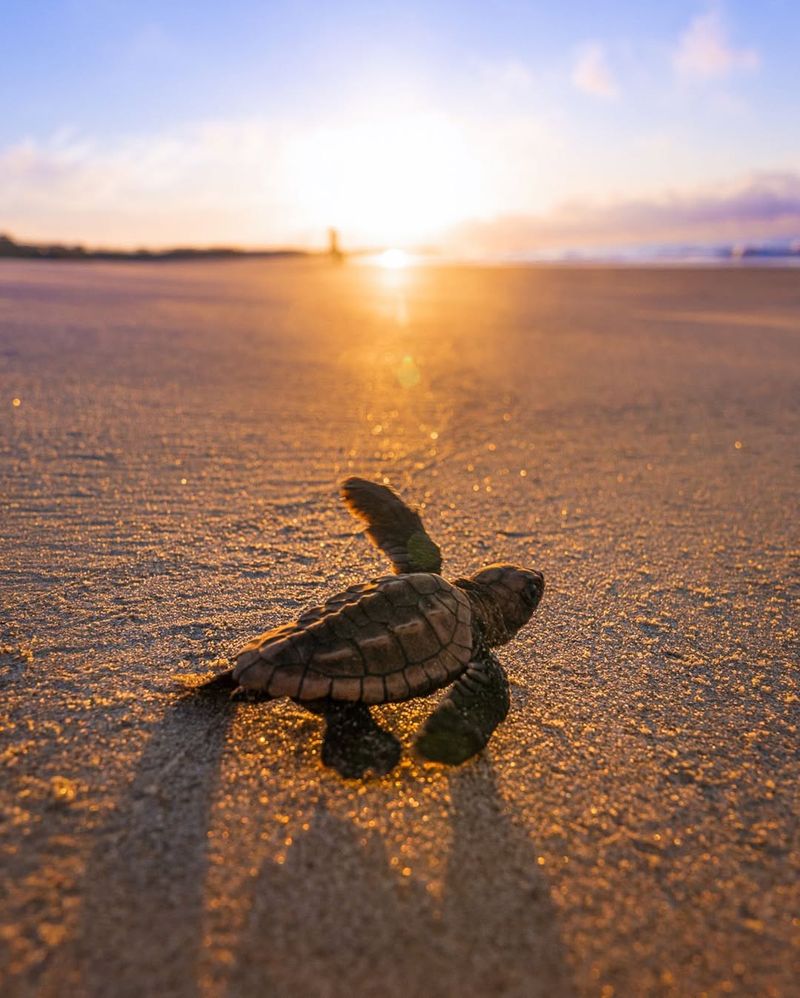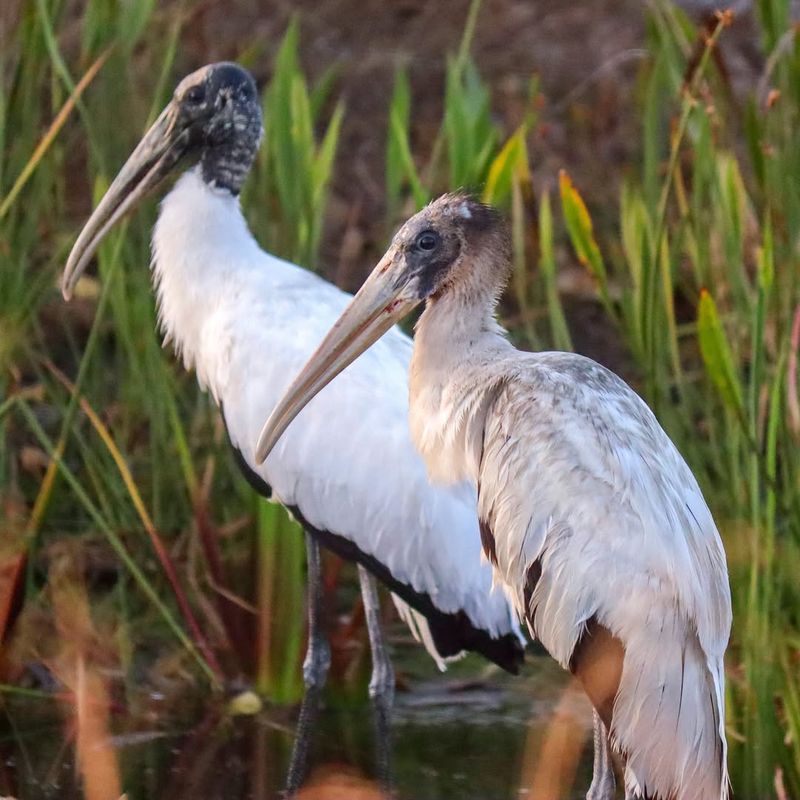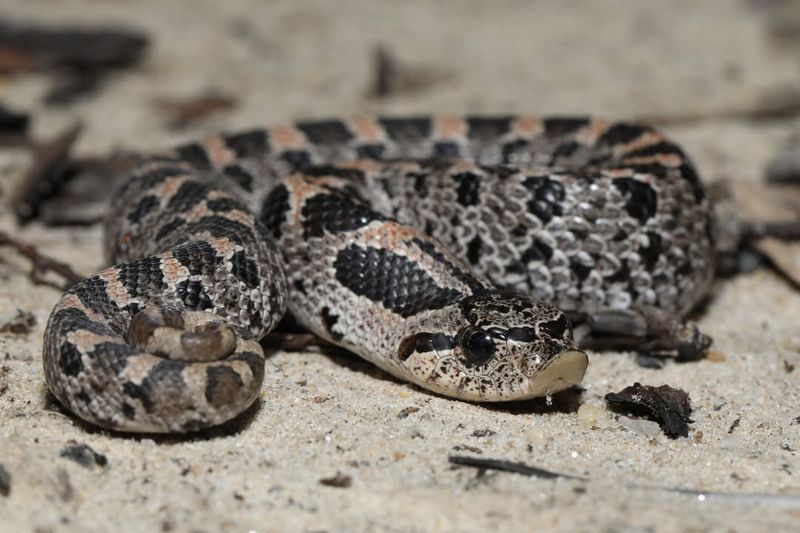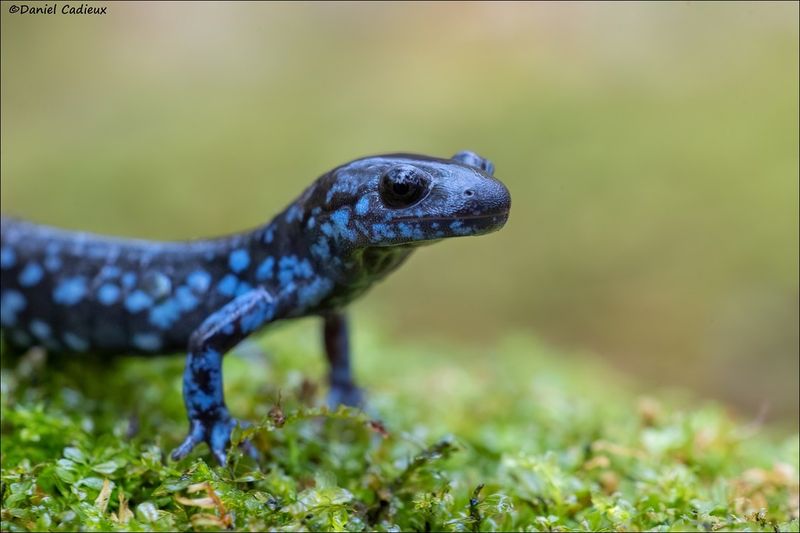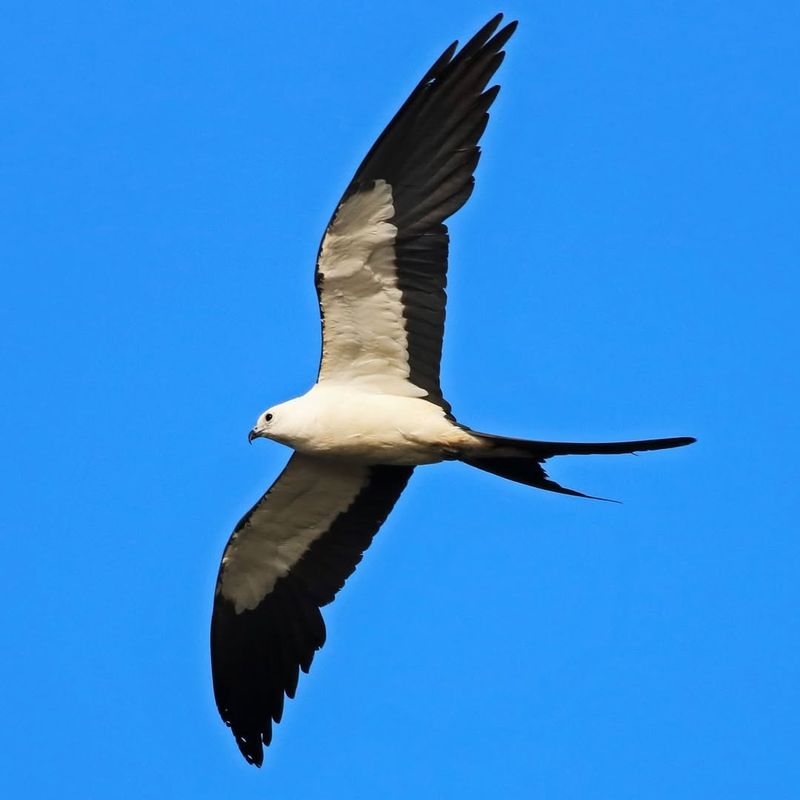South Carolina’s diverse ecosystem is home to many creatures protected by state and federal laws. Finding these animals in your yard might be startling, but removing them without proper permits could lead to hefty fines or even jail time.
Understanding which animals are protected can help you coexist peacefully with your wild neighbors.
1. Eastern Box Turtles
Sporting colorful shells with unique yellow and orange patterns, Eastern Box Turtles are living treasures in South Carolina yards. These slow-moving reptiles can live up to 100 years in the wild! Under state law, you cannot relocate or remove these turtles from your property.
If you spot one crossing your lawn, simply let it continue its journey. They help control garden pests naturally by eating slugs and insects.
2. Red-Cockaded Woodpeckers
Rat-a-tat-tat! That drumming sound might be the endangered Red-cockaded Woodpecker, recognizable by its black and white bars with tiny red marks on males. These birds require mature pine forests to survive.
Federal law strictly prohibits disturbing their nesting cavities, which they uniquely create in living pine trees. If these rare birds set up home in your yard’s pine trees, consider yourself lucky – you’re hosting a species that’s been fighting extinction for decades.
3. Carolina Heelsplitters
You might not notice these freshwater mussels in your backyard stream, but Carolina Heelsplitters play a crucial role in water filtration. These critically endangered mollusks have been around since dinosaurs roamed the earth!
Found only in certain South Carolina waterways, these creatures are federally protected. If your property contains a creek or stream, disturbing the sediment or removing these mussels carries serious legal consequences. Their presence indicates your water is still relatively clean.
4. Bald Eagles
America’s national symbol might make an appearance in your South Carolina yard if you live near water. With their majestic white heads and impressive 7-foot wingspans, Bald Eagles command attention and respect. Protected by multiple federal laws, disturbing eagles or their nests is strictly prohibited.
Even collecting a naturally shed feather is illegal! If these magnificent birds build a nest on your property, maintain a distance of at least 330 feet to avoid stressing them.
5. Gopher Tortoises
Meet the architects of the reptile world! Gopher Tortoises dig extensive burrows that can extend 40 feet long and 10 feet deep. These impressive shelters serve as homes for over 350 other species too. Found in South Carolina’s coastal plains, these tortoises are state-protected.
Their population has declined due to habitat loss and development. If you discover burrows with distinctive half-moon shaped entrances in your sandy soil, leave them undisturbed – it’s against the law to relocate these important ecosystem engineers.
6. Loggerhead Sea Turtles
For coastal property owners, witnessing a female Loggerhead Sea Turtle lumber ashore to nest is an unforgettable experience. With their massive heads and reddish-brown shells, these ancient mariners have been laying eggs on South Carolina beaches for millions of years.
Federal and state laws protect these threatened reptiles and their nesting sites. If you spot tracks leading from the ocean across your beachfront property, contact the South Carolina Department of Natural Resources immediately. Never approach or shine lights on nesting turtles.
7. Wood Storks
Looking like prehistoric creatures with their bald heads and massive bills, Wood Storks bring a touch of primeval elegance to South Carolina wetlands. Standing nearly 4 feet tall, these wading birds are unmistakable with their black and white plumage.
As a federally threatened species, Wood Storks enjoy complete protection. If they establish nesting colonies in trees near water on your property, federal law prohibits any disturbance. Their presence actually benefits your yard by controlling frogs, fish, and aquatic insects in nearby water bodies.
8. Southern Hognose Snakes
With their upturned snouts and stocky bodies, Southern Hognose Snakes might look intimidating but are actually harmless to humans. These fascinating reptiles have a unique defense mechanism – they’ll roll over and play dead when threatened!
Listed as a species of concern in South Carolina, removing these beneficial snakes from your property is prohibited. Their presence helps control rodent populations naturally. If you encounter one in your yard, simply appreciate it from a distance and let it continue its pest control services.
9. Spotted Salamanders
Bright yellow spots decorate the glossy black bodies of these secretive amphibians that might be hiding under logs or rocks in damp areas of your yard. Spotted Salamanders emerge mainly on rainy nights, making sightings a special treat.
Protected under South Carolina wildlife regulations, these salamanders cannot be collected or relocated without permits. They spend most of their lives underground, only coming to the surface to breed in temporary woodland pools each spring. Their presence indicates a healthy ecosystem with minimal pollution.
10. Swallowtail Kites
Graceful aerial acrobats, Swallowtail Kites soar effortlessly through South Carolina skies from spring through summer. Their distinctive forked tails and contrasting black and white plumage make them one of our most elegant birds of prey.
Protected under the Migratory Bird Treaty Act, these birds cannot be harassed or disturbed. If they nest in tall trees on your property, consider it a privilege! They feed primarily on flying insects and even drink by skimming water surfaces while in flight. By late summer, they’ll migrate to South America.

